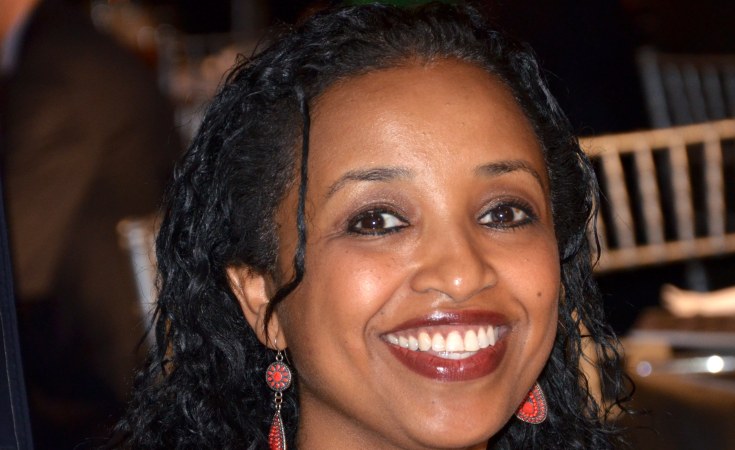My grandmother spent her whole life in southern Ethiopia and passed away a few years ago without ever having switched on a light. I also spent much of my early life in Africa, where I saw at first hand the obstacles faced by a society without ready access to electricity.
So in the summer of 2013, when President Barack Obama announced the launch of his administration's Power Africa initiative, it resonated with me in a very personal way.
Power Africa's challenges, ambitions and planned outcomes are wide-ranging. Two-thirds of sub-Saharan Africans - 600 million people - currently lack access to power. President Obama's goal is to double the number of people with access to electricity, using the continent's abundant natural wind, hydropower, solar, natural gas and geothermal resources.
A broad coalition of U.S. Government agencies will operate with unprecedented integration to build welcoming environments for several billion dollars of newly-catalyzed private capital to enter confidently into this initiative. As the Executive Vice President of the Overseas Private Investment Corporation (OPIC), alongside counterparts from the Export-Import Bank of the U.S. and the U.S. Agency for International Development, I testified before the Senate Foreign Relations Committee on March 27 to discuss the next phases of this bold endeavor. OPIC is a key partner agency in this initiative, and I have been excited to be helping Power Africa transform a rapidly advancing region.
The challenges and goals of Power Africa are clear, but what about the process?
OPIC already has an extensive power portfolio across sub-Saharan Africa that produces a meaningful development impact, and using our experience and support for private sector investors, we and our sister agencies are ready for the challenge. Recently OPIC provided financing for a Kenyan power plant that uses the Great Rift Valley's geothermal energy, a resource with vast potential for expansion across several East African countries. OPIC also helped finance the largest ever electricity investment in Togo, tripling the country's production with a plant that can run on fuel oil and natural gas, which is abundant in West Africa.
In our support for sub-Saharan power projects, OPIC follows a strategy to address the unique and varied needs for power across the region. Renewable resources are plentiful in some areas, natural gas is the most effective choice elsewhere. But Power Africa is also as much about widespread access as it is about producing centralized high-volume energy.
Much of rural Africa lives outside of transmission infrastructure. Through the interagency Africa Clean Energy Finance initiative (ACEF), OPIC supports the development of renewable, often off-grid or micro-grid projects like a network of solar distribution platforms in Tanzania, producing power for which users can pre-pay using mobile phones. Creative solutions like this overcome infrastructure obstacles that would otherwise halt growth.
As an Ethiopian-American, helping to ensure Power Africa's success has been more than just my job, it has been a goal that carries personal memories and real-life implications. The critical mass around Power Africa is undeniable, and it reaches far beyond the U.S. government agencies participating. Just a few years ago, only a handful of private investors were interested in developing African power projects. But since the launch of the initiative, both established OPIC partners and new potential investors have been turning their focus towards Africa.
No government, U.S. or African, can handle this massive challenge without participation from the private sector, and we at OPIC have been impressed with the number of public and private supporters who are rising to meet this challenge and make irreversible the momentum of progress started by the Power Africa initiative.
OPIC, USAID and the Export-Import Bank are joined by the Millennium Challenge Corporation, the U.S. Trade and Development Agency and the U.S. African Development Foundation in the Power Africa initiative.
Mimi Alemayehou was Executive Vice President of the Overseas Private Investment Corporation from 2010 until this month.


